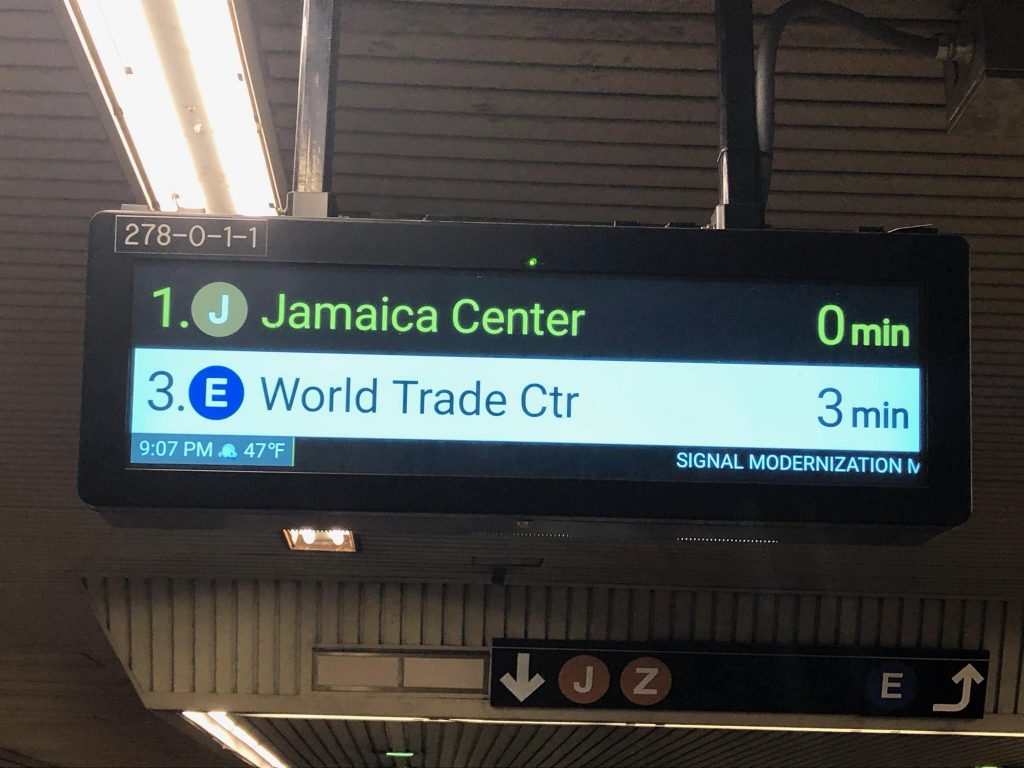Photo Credit: Asar John
By Asar John
When you enter the train station, the first thing you might do before swiping their MetroCard is look up at the countdown clock to see when the next train is arriving. Now let’s admit it– nowadays everyone wants to see when their train is coming to carry them home after a long day of school or work. However, because your mind is preoccupied with other thoughts, such as whether you’re having leftovers or if you will just eat out tonight, you’re probably not thinking about why your train is arriving at that time or how the E train crew knows to leave Jamaica Center at a certain time.
As interesting as it sounds, this wonder of train scheduling is based on multiple circumstances that range from ridership numbers to planned weekend work. However, there seems to be one core factor that determines all of these circumstances.
Just like the famous line from All The President’s Men you have to “Follow the money”. In order to understand why the MTA schedules its trains the way it does, we have to look at what fits in the budget. This is because just as many organizations both big and small run on budgets, so does the MTA, and scheduling trains is a big part of it.
It all starts at the MTA’s five-year Capital Program plans, which makes up over $33 billion of investments that are dedicated to improving and expanding the system. The latest amendment to the program was passed in April 2018.
The budget plan included provisions that are part of the Fast Forward Plan introduced in the Summer of 2017 by President Andy Byford. The plan aimed to improve subway service. Part of this plan includes the implementation of Communications-Based Time Control, a new signaling system that will allow trains to run more frequently and closer together, when ridership demands it, according to the MTA.
Now we can get the idea that scheduling may involve the amount of ridership at a given time and that budgeting in this case is an indirect result of this. It will cost the MTA to install this new system, then as a result of that, trains can and will run more often.
However, budgeting may be too broad of a term involving its association with how trains are scheduled. Budgeting could also involve the amount of train cars the MTA orders that will serve the system.
According to a report from The Wall Street Journal, Peter Cafiero, chief of operations planning for MTA New York City Transit, said that the authority could run more trains on certain lines if they could, but the rolling stock of 6,400 cars is not enough. Just like a regular car, train cars, cost money.
In regards to the amount of ridership, more trains run when more people are in the system to meet the demands of ridership. Trains are most frequent during the weekday rush hour, opposed to late nights and weekends.
An example of this is the E train down the block, which runs about every five minutes during the rush hour and every 20 minutes on late nights, according to the MTA website.
Trains may also be scheduled according to weekend work plans and weather related incidents. When Superstorm Sandy hit the Northeast, many schedules were altered due to storm related damages to different lines.


